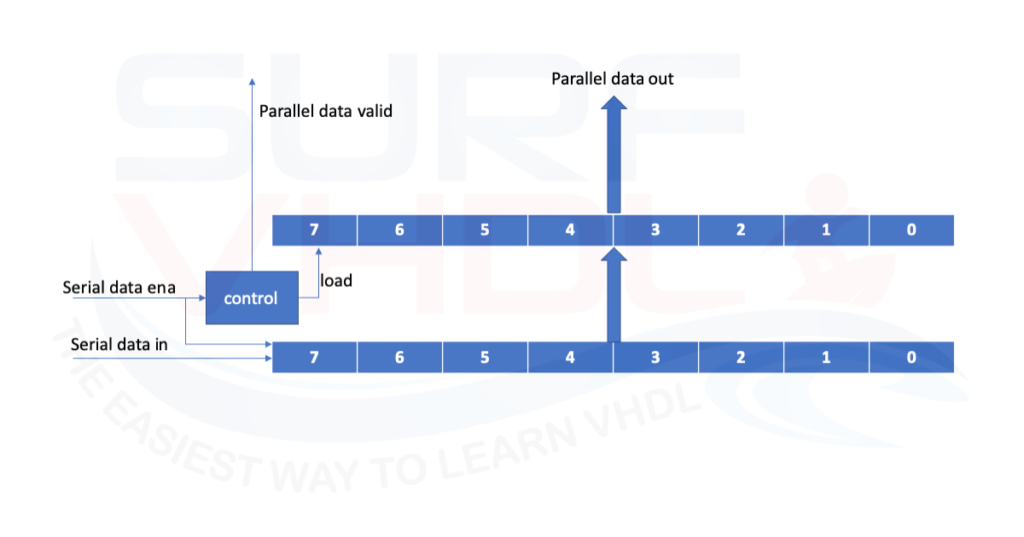

- #PARALLEL TO SERIAL CONVERTER LABJACK HOW TO#
- #PARALLEL TO SERIAL CONVERTER LABJACK SOFTWARE#
- #PARALLEL TO SERIAL CONVERTER LABJACK SIMULATOR#
But there aren't so many printers these days with serial or parallel ports now that 100M (or even 1G) network ports for printers are dirt cheap, so we'll call it Retro. But ports for PCs are still available and as noted below, the companies I dealt with years ago for converters still sell them.

Almost all the printers I use today (and most people I know) are connected USB or networked.

#PARALLEL TO SERIAL CONVERTER LABJACK SIMULATOR#
#PARALLEL TO SERIAL CONVERTER LABJACK HOW TO#
#PARALLEL TO SERIAL CONVERTER LABJACK SOFTWARE#
One big benefit to SPI is that you can do initial testing with a loopback wire from MOSI to MISO to confirm your software is working. Some sensors don't follow standard I2C/SPI protocols.Our devices output 3.3V logic levels on their FIO/EIO/MIO/CIO lines, but are capable of receiving 5V as an input.

Note that with I2C the high voltage is generally controlled with a pull-up resistor anyway, so this is not a problem. Watch out for chips with inputs that have a minimum logic high voltage of 0.7 * Vsupply, as that would be 3.5V with a 5V supply and not compatible with the 3.3V outputs on the LabJack. Our devices supply 5V on their VS line, but have standard 3.3V logic levels.These serial protocols are not an alternative to the USB/TCP host connections on the LabJack. Rather, the host application will communicate with the LabJack via USB/TCP, and the LabJack can communicate with some other device/chip using a serial protocol.Configuring our devices to send and receive data is fairly device independent and easy once you understand the protocol being used, however a few things must be kept in mind before purchasing sensors that use a serial protocol for transferring information. Most of our devices support SPI, I2C, 1-Wire, and other Asynchronous Serial Protocols. Many of our devices are capable of communicating with sensors that only allow for serial communication.


 0 kommentar(er)
0 kommentar(er)
